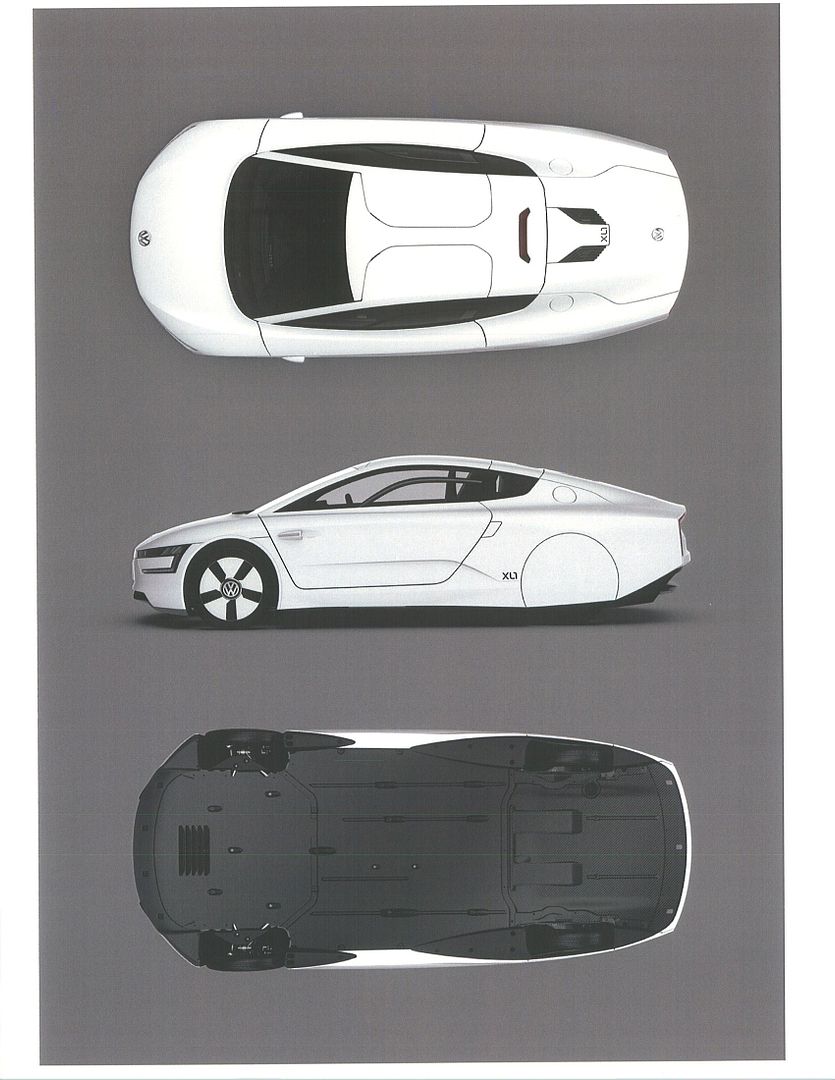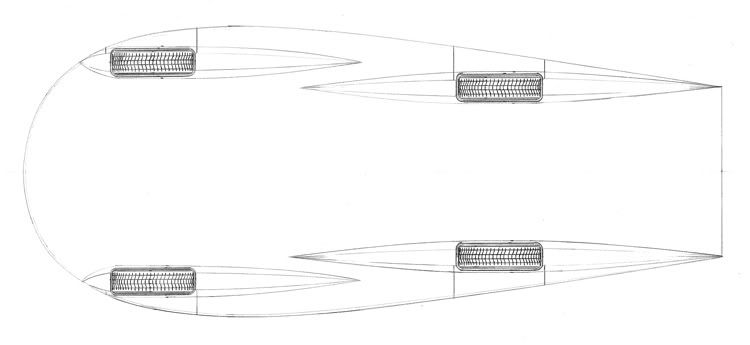Quote:
Originally Posted by freebeard

Julian Edgar likes bellmouths that are completely rolled. On an inlet.
So you think a flat diffuser with diverging sides or a curved diffuser with flat sides will form vortexes? What if instead of a rectangular section it's a half circle or flattened oval?
It seems like the thing would be to match the velocity of the air from under the car with the air over the car. even if there's a flat plate in between. Or a concave/convex plate with the tearing edges.
|
*Yes,for a scoop,you wouldn't ignore the outer rim or you'd have separation right there.
*On the diffuser thing,some wheel fairings are showing up which are longitudinally flat-walled on the inside and contoured on the outside.
There's virtually zero info on this so far,but if it's chosen over inner-contoured fairings,then there might be a scientific reason for it.
*And as far as flat vs curved diffuser,we're stuck the same way.No data.
*From M.I.T.'s solar work,it looks like whatever we do,the side wall of the diffuser/wheel fairings should be blended to mitigate hook-vortice formation-induced intersection drag.
Hucho says that we're to be looking at the pressure profile,which is going to be affected by the velocity profile,and so this is going to determine 'flatness' or contour viability.Again,we're over-reaching empirical studies of CFD modeling.
VW's current XL is employing them

Since MIT and others are using 'double-curvature' fairings,until I hear otherwise,I'm okay with them.

Does this adequately muddy the waters?